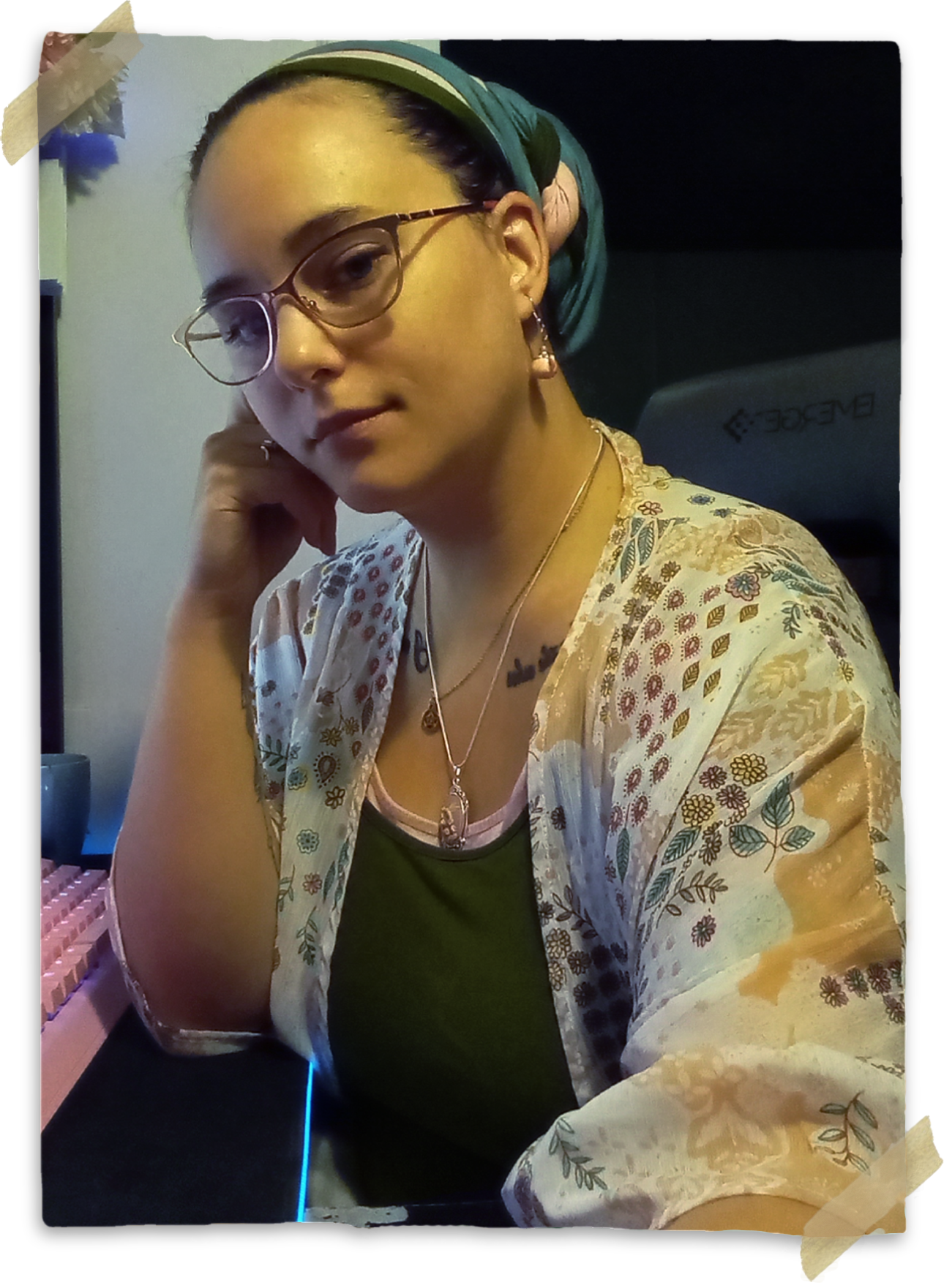By your grace, Wakena, Our Lady of Liberty and Gold... Protect they and theirs as they travel together through the unknown- and bathe them in your prosperity upon their safe delivery.— High Priestess Sanne Ekenar
Located at the
Yolai'ho Overpass portion of the Nisaba pass through the
Kogria Mountains and Hiatal Mountains in Tolaina'Vao,
Tolara, the Nisaba Pilgrimage Shrine is as the name suggests: A traveler's shrine at which Merchants, Expeditioners, and other travelers may pray for safe and swift journeys- or pay thanks for a crossing so far well made.
While most Traveler's Shrines are small outdoor structures that remain undedicated to any particular deity, the Nisaba Pilgrimage Shrine follows none of the typical examples that exist. Instead it is a more traditional Temple-like structure
formally devoted to the Ferenian gods
Saunden and
Wakena, along with a third unaligned Deity (
Behzd) whose origin remains unknown; people pray to a multitude of Deities, Demi-Deities, and Divine Adjacent figures here daily, however, despite the formal dedications- an action encouraged by the Shrine's staff.






















I love all the mystery surrounding the shrine and its creation - and also the mystery as to why it closes every three days. I'm very intrigued. I love how you have described how the place smells, too.
Explore Etrea
I'm glad you enjoyed it! Re the smell: I'm doing my best this round to write these in a way that I already have narrative descriptions for places at hand at any moment, without having to spend 20 minutes prepping before a session, or adlibing something super poor quality for something I love because I didn't expect them to encounter it then. It makes me really happy you picked up on it :D
⤳ Buy me a Ko-fi
⤳ Join My Discord